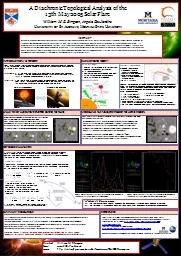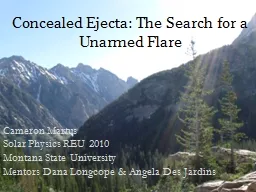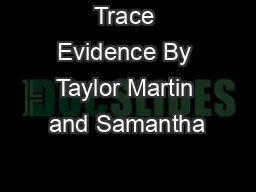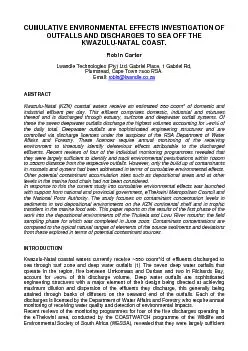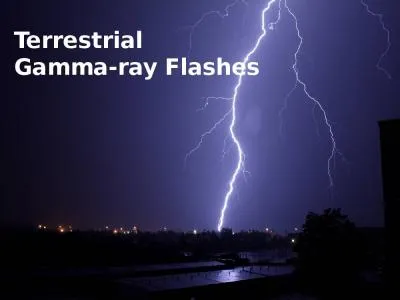PPT-TRACE and RHESSI
Author : calandra-battersby | Published Date : 2016-05-25
observations of the failed eruption of the magnetic flux rope Tomasz Mrozek Astronomical Institute University of Wrocław CSHKP standard model bipolar
Presentation Embed Code
Download Presentation
Download Presentation The PPT/PDF document "TRACE and RHESSI" is the property of its rightful owner. Permission is granted to download and print the materials on this website for personal, non-commercial use only, and to display it on your personal computer provided you do not modify the materials and that you retain all copyright notices contained in the materials. By downloading content from our website, you accept the terms of this agreement.
TRACE and RHESSI: Transcript
Download Rules Of Document
"TRACE and RHESSI"The content belongs to its owner. You may download and print it for personal use, without modification, and keep all copyright notices. By downloading, you agree to these terms.
Related Documents



